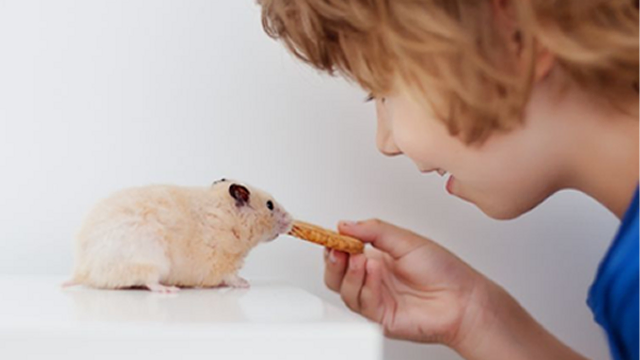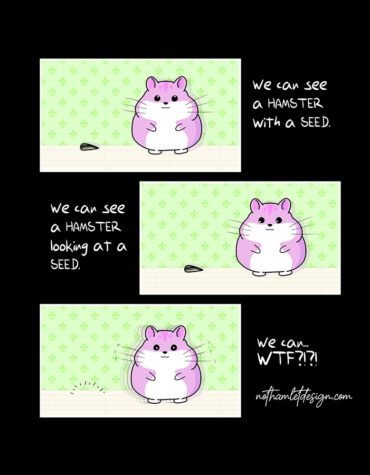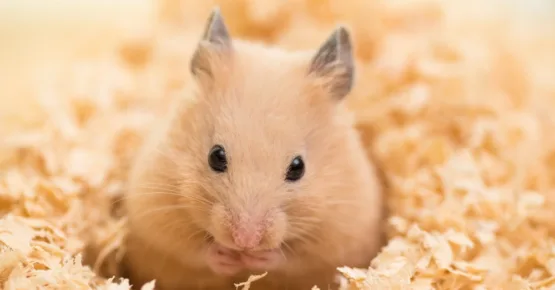Hamsters are adorable and small pets that have captivated people of all ages. With their curious nature and charming behavior, these rodents have become popular companions in households worldwide. Let’s explore the fascinating world of hamsters, from their origin and popular species to their care, ideal habitat, and unique behavior. Whether you are considering getting a hamster as a pet or simply want to learn more about these creatures, this article is for you!
Table of Contents
ToggleOrigin of Hamsters
Hamsters have a fascinating origin that dates back to various regions of the world. It is believed that the first wild hamsters were discovered in Syria, in the Middle East, in the early 20th century. These small rodents were captured and brought to Europe, where they became popular as pets.
From Syrian hamsters, also known as golden hamsters, selective breeding was initiated to develop different varieties of colors and fur. This led to the emergence of other species and subspecies of hamsters, each with unique characteristics.
Popular Hamster Species
There are several popular species of hamsters that are kept as pets worldwide. Here are some of the most common ones:
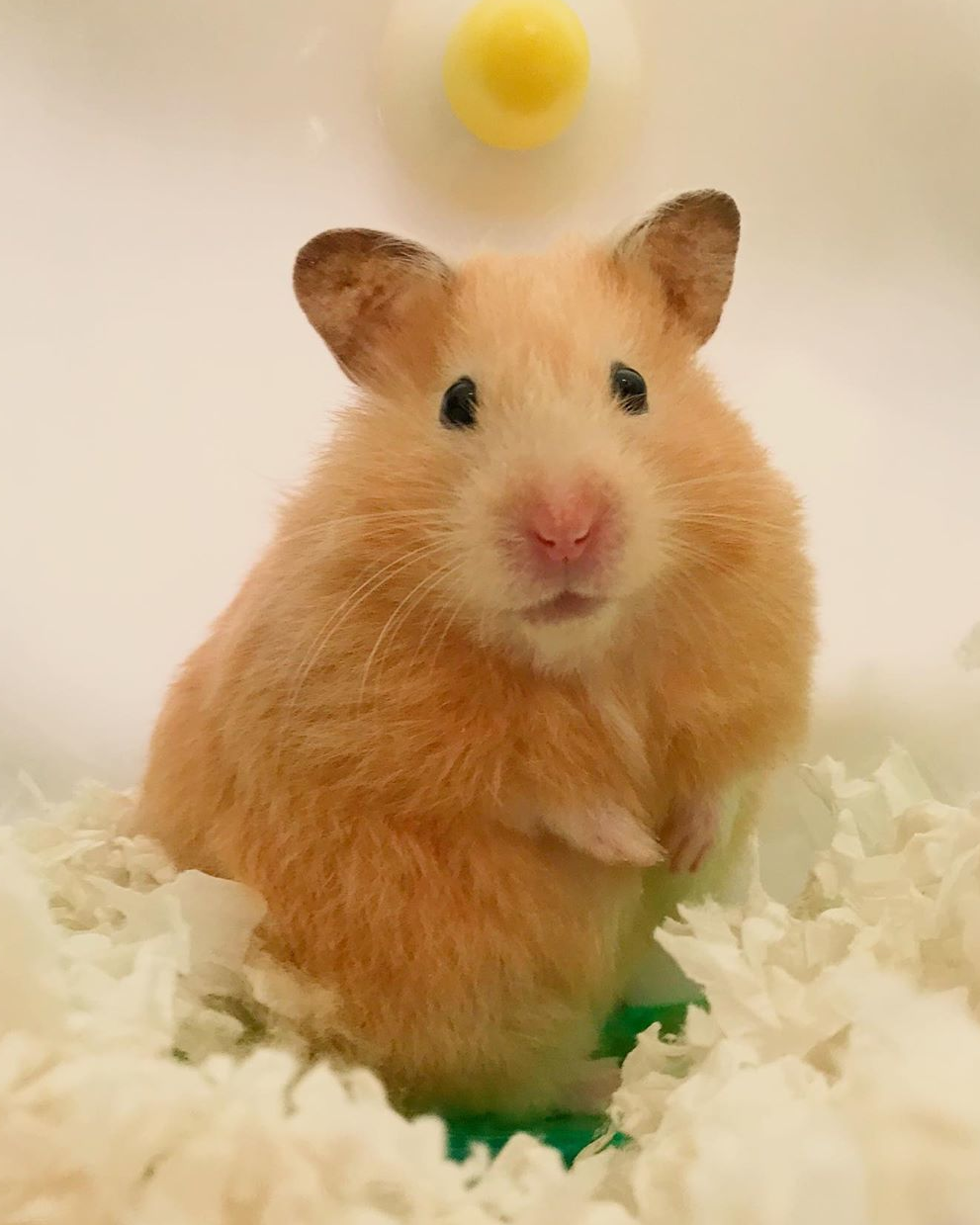
Syrian Hamster (Mesocricetus auratus): Also known as the Golden Hamster, it is the largest and most popular species of hamster. Syrian hamsters are known for their soft fur and a variety of colors, including shades of gold, white, black, and brown.
Russian Dwarf Hamster (Phodopus sungorus): This small hamster is native to Russia and Mongolia. They are smaller than Syrian hamsters and are characterized by their grayish fur and a dark stripe on their back. They are highly active and sociable creatures.

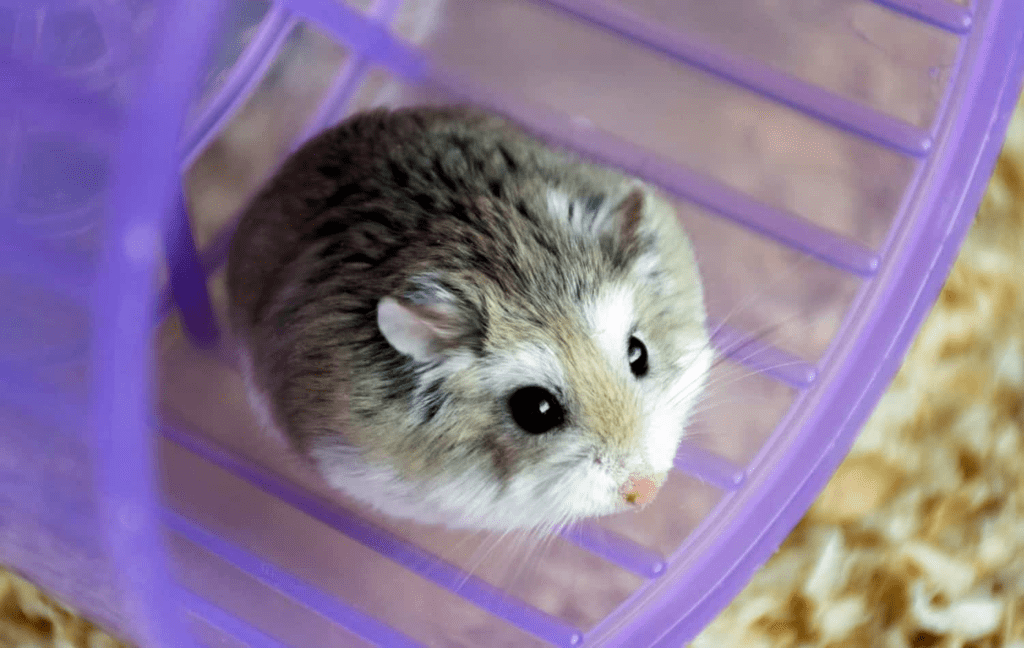
Roborovski Hamster (Phodopus roborovskii): Originating from the steppes of Mongolia and China, the Roborovski hamster is the smallest of all domesticated hamsters. They have a light brown fur and are known for their quick and energetic nature.
Chinese Hamster (Cricetulus griseus): This hamster is native to China and Mongolia. It is distinguished by its long and slender tail, unlike other hamster species that have short or almost non-existent tails. They have a greyish fur and are known for their calm behavior.
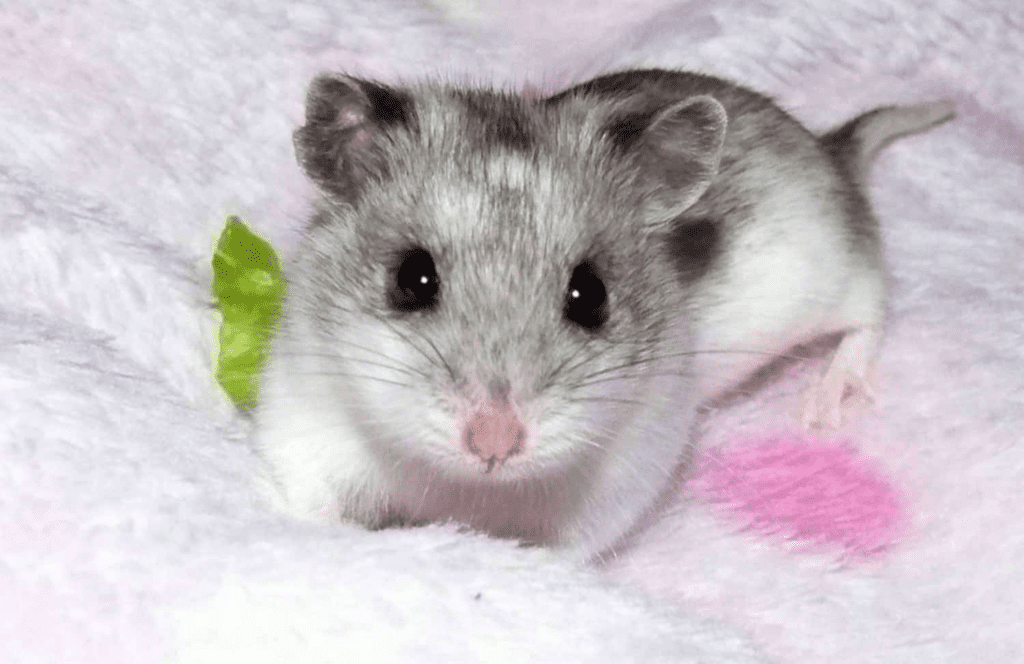

Campbell’s Dwarf Hamster (Phodopus campbelli): Similar to the Russian Dwarf Hamster, the Campbell’s Dwarf Hamster is native to Russia and China. They come in a variety of colors, from brown to grey and white. They are friendly and adaptable to different environments.
These are just some of the most popular species of hamsters, but there are other subspecies and varieties that are also appreciated by hamster lovers. Each species has unique characteristics in terms of size, color, behavior, and specific care requirements, so it is important to research and understand the needs of each species before adopting a hamster as a pet.
Basic Care for Hamsters
Hamsters are adorable pets that require certain care to stay healthy and happy. Here are some key aspects to ensure their well-being:
- Appropriate cage: Choose a cage that is large enough to allow your hamster to move comfortably. At Not Hamlet, we recommend cages with a minimum of 50 cm in width as hamsters need plenty of space to move around. Make sure the cage has a solid base and doesn’t have wire bars, as they can be unsafe. If you don’t have any other option, ensure that there are no large gaps between the bars to prevent your hamster from escaping. It’s also important to provide a safe and absorbent bedding material, such as recycled paper. Wood shavings are another option, but be cautious as some hamsters may be allergic to them.
- Balanced diet: Hamsters require a balanced diet that includes a mix of commercially available hamster food, which consists of grains, seeds, dried fruits, and dehydrated vegetables. You can also supplement their diet with small amounts of fresh fruits and vegetables such as carrots, apples, and cucumbers, but only occasionally. Avoid giving them foods that are toxic to them, such as chocolate or onions.
- Fresh and clean water: Make sure your hamster always has access to fresh and clean water. Use a water bottle specifically designed for hamsters, preferably with a stainless steel spout that prevents it from getting dirty or clogged easily.
- Hygiene and cleanliness: Regularly clean your hamster’s cage to maintain a clean and healthy environment. Remove leftover food and waste daily, and perform a deeper cleaning of the cage once a week. Make sure to wash and disinfect the accessories and cage using pet-safe products. Our advice is to use food-grade vinegar to disinfect the cage and then rinse it thoroughly. This ensures that if any residue remains, your hamster won’t be exposed to toxins like it would with other cleaning products.
- Exercise and environmental enrichment: Hamsters are active animals that require regular exercise. Provide them with an appropriate exercise wheel for their size and ensure they have daily time to explore outside the cage in a safe and supervised space. You can also offer them toys and tunnels to stimulate their minds and keep them entertained.
- Veterinary care: For any healthcare needs your hamster may have, it’s important to take them to a veterinarian specialized in exotic animals.
Remember that each species and each hamster has different needs and personalities, so it’s essential to observe and get to know your pet in order to adapt the care appropriately. Providing them with a clean environment, a balanced diet, physical and mental stimulation, and affection will ensure that your hamsters have a happy and healthy life.
Behavior and Socialization of Hamsters
Hamsters are fascinating animals that exhibit unique and adorable behaviors. Understanding their behavior and promoting proper socialization is key to ensuring their well-being. Here are some important aspects of hamster behavior and socialization:
- Nocturnal activity: Hamsters are nocturnal animals, which means they are more active during the night but sleep for around 10 to 12 hours. It’s important to respect their sleep-wake cycle and provide them with a quiet environment during the day so they can rest properly.
- Food storage: Hamsters have cheek pouches that they use to store food. It’s common to see them filling their cheeks with food and taking it to their hiding spots. This behavior is instinctive and allows them to have food reserves for when they need it.
- Tendency to dig and explore: Hamsters are excellent diggers and love to explore their environment. Providing them with suitable substrates and bedding materials will allow them to satisfy their need to dig and create tunnels. It is also recommended to offer them toys and accessories that encourage exploration.
- Territorial behavior: Hamsters are territorial animals and may display aggressive behaviors if they feel threatened or if their territories are invaded. It is important to provide them with enough space in their cage and to avoid direct interaction between hamsters of different sexes. Generally, it is recommended to have only one hamster since they are not social animals and won’t “feel lonely.”
- Early socialization: When you first adopt a hamster, give them a few days to settle into their environment. Once they have settled, begin handling them gently from a young age to get them used to your presence and associate human contact with positive experiences. I recommend looking up the best way to handle a hamster, as there are many tutorials available in various languages. Avoid startling or disturbing them abruptly, as this can generate fear or aggression. If they feel very uncomfortable, they may emit a sort of squeak, but don’t be alarmed and give them their space. The important thing is for them to associate being with you as something positive.
- Supervised playtime: Hamsters enjoy playtime outside of their cage, but it’s important to supervise them carefully during these moments. Ensure that the area is safe, with no loose electrical wires or hazardous objects. Also, make sure there are no spaces where they can hide, as they are smaller than they appear. Never leave them alone in an open space without supervision, as they can escape or have accidents.
- Individual behavior: Each hamster has its own personality and unique behavior. Some may be more shy and reserved, while others may be more adventurous and sociable. Observe your hamster’s behavior and respect it, adapting interaction and playtime according to their individual needs and preferences.
Remember that hamsters are small and delicate pets, so it’s important to handle them gently and with care. Patience and consistency are key to building a trusting relationship and fostering positive interaction with your hamster.
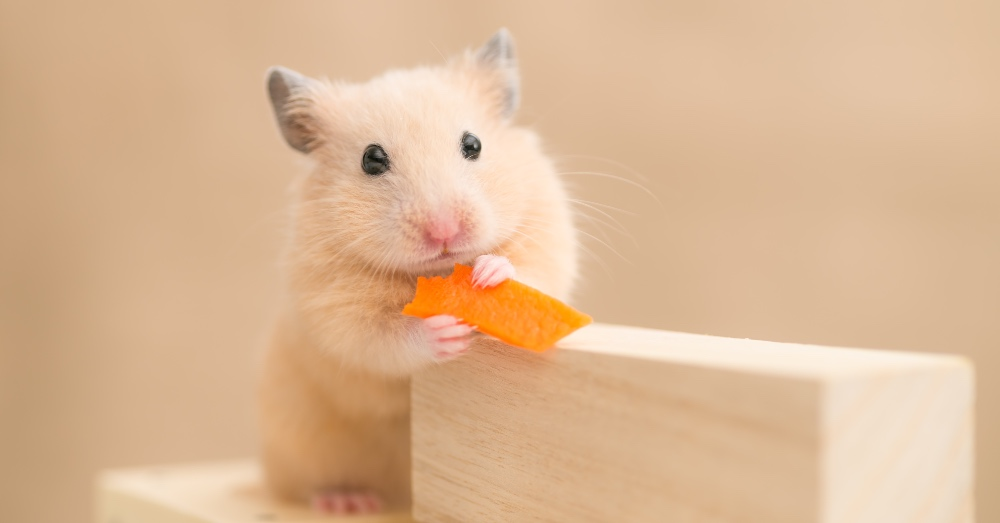
Curiosities and Myths about Hamsters
Below, we will present some fun curiosities and debunk some common misconceptions about these adorable rodents:
a) Curiosities about Hamsters:
- Hamsters have the ability to sleep in adorable and unique positions. They can curl up into a ball, rest their head on a paw, or even sleep on their back.
- Hamsters have excellent spatial memory. They can remember their way through mazes and recognize their territory.
- Hamsters have a relatively short lifespan compared to other pets. On average, they live for 2 to 3 years, though some can live up to 4 years with proper care.
- Hamsters are solitary animals by nature. While they enjoy playtime and human interaction, they do not require the companionship of other hamsters to be happy.
- Hamsters are very clean rodents. They spend a lot of time grooming and keeping their fur clean. They also have special glands on their hips that they use to mark their territory.
b) Common myths about Hamsters
| Myth | Fact |
|---|---|
| Hamsters are low-maintenance pets. | Although they are small animals, they require proper care, including a clean cage, balanced nutrition, playtime, and veterinary attention. |
| Hamsters are aggressive. | If treated properly and socialized from an early age, hamsters are usually friendly and docile animals. However, some may display aggression if they feel threatened or if their territories are invaded. |
| Hamsters are short-lived animals. | While it is true that hamsters have a relatively short lifespan compared to some other pets, this doesn’t mean they can’t have a happy and fulfilling life throughout their lifespan. |
| Hamsters are boring animals. | Hamsters are active and curious animals. Providing them with toys, environmental enrichment, and playtime helps to keep them entertained and stimulated. |
| Hamsters only need to eat seed mixtures. | Although seed mixes are part of their diet, it is also essential to offer them a variety of fresh foods such as fruits, vegetables and hamster-specific pellets to ensure a balanced diet. |
Hamsters are charming creatures that bring joy and fun to homes. With proper care and knowledge, you can provide them with a happy and healthy life. Whether you’re considering getting a hamster as a pet or already have one at home, remember that each of them is an individual with specific needs. Through understanding and love, you can enjoy a wonderful bond with your furry friend.





